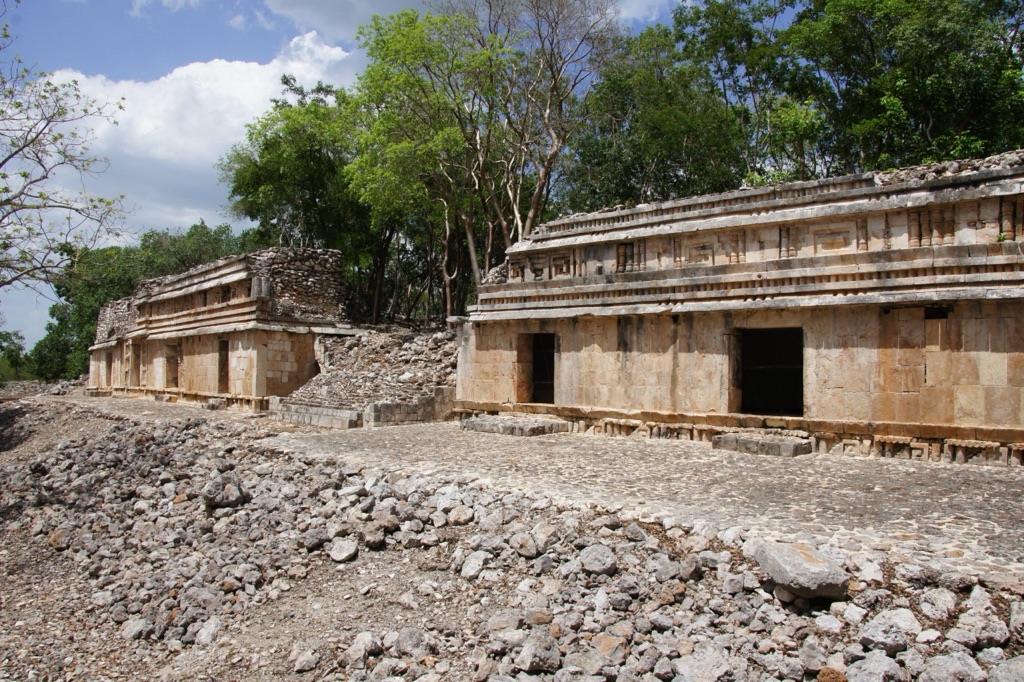Introduction
Chunhuhub, a pre-Columbian archaeological site, is situated in the state of Campeche, Mexico, near the town of Bolonchén de Rejón. This site, which developed during the Classic Mesoamerican period, is part of the Puuc region, renowned for its unique architectural style. The name Chunhuhub, derived from the Yucatek Maya language, translates to “Next to the Snail,” although some interpretations suggest it means “trunk or place of the Hunhub tree.”
Get your dose of History via Email
Historical Context
The earliest occupation of Chunhuhub is estimated to date back to the Late Classic period, between 600 and 900 AD. The site’s architecture and ceramic evidence suggest its development during this era, particularly noted for its Puuc style structures. Despite the absence of stela or glyphic inscriptions to shed light on its rulers or political affiliations, it is believed that Chunhuhub was under the influence of Uxmal, a more prominent site located approximately 15 miles to the north.
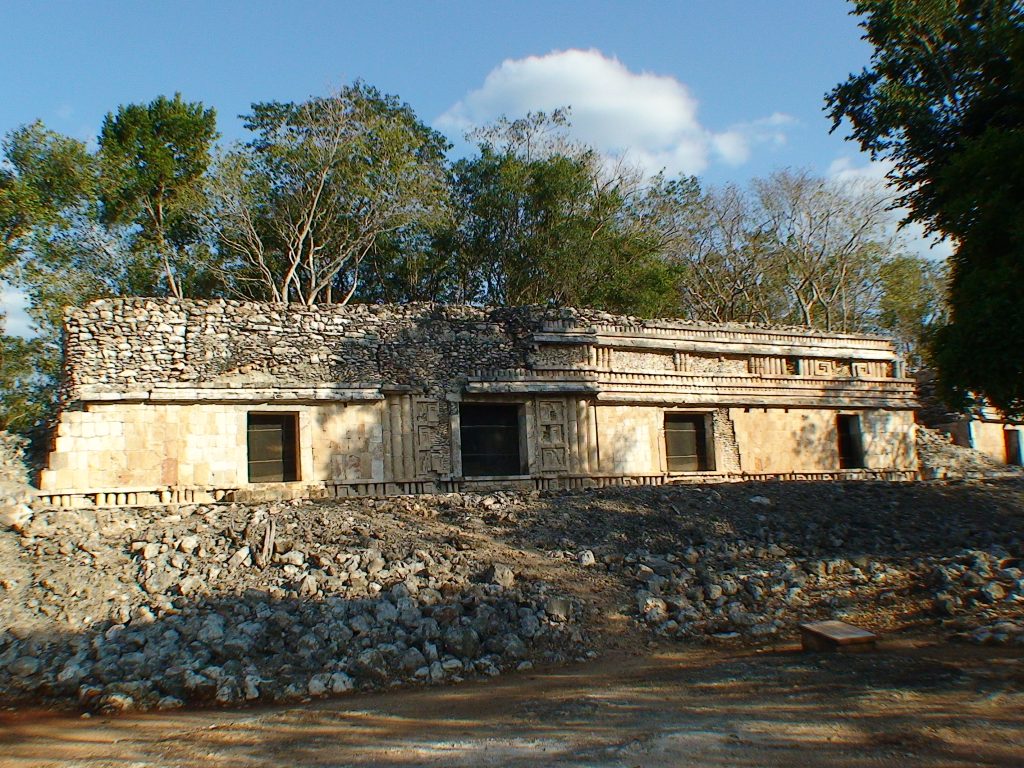
Exploration History
Chunhuhub first gained attention in the 1840s through the explorations of John L. Stephens and Frederick Catherwood. Subsequent visits by notable figures such as Teobert Maler in 1887 and researchers from the Carnegie Institution and INAH in the 20th century have contributed to our understanding of the site. Recent investigations by Pierre Becquelin and Dominique Michelet have continued to uncover the site’s historical significance.
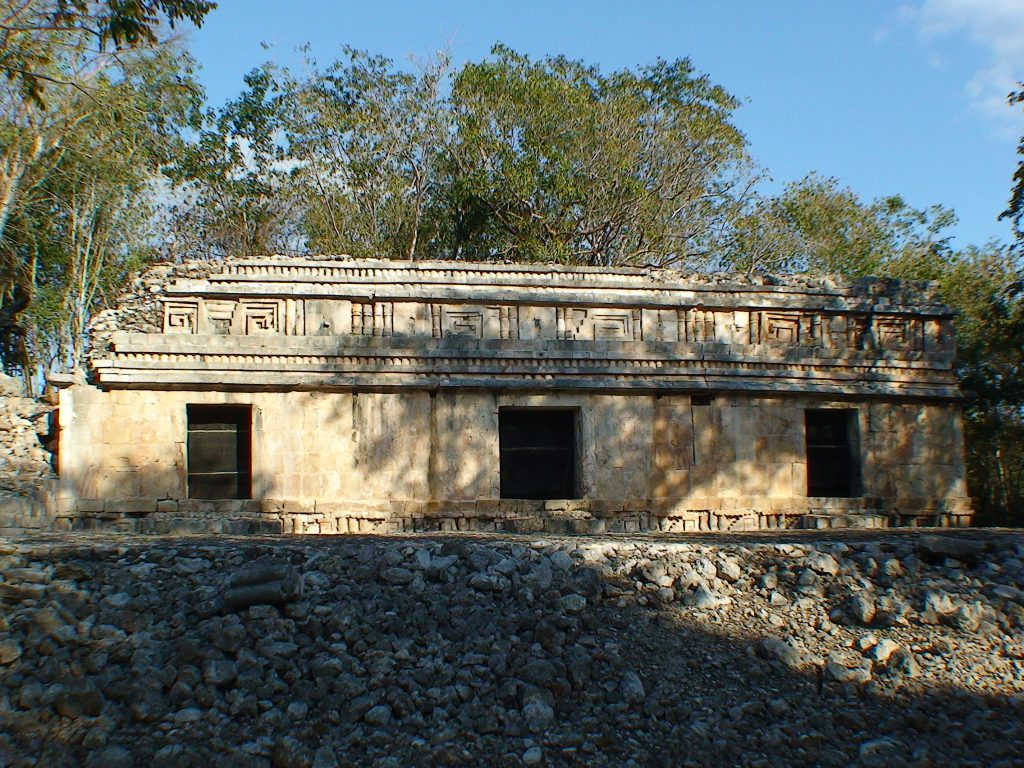
Architectural Features
Chunhuhub is characterized by several groups of structures, with the Palace Complex being the most significant excavated and restored area. This complex includes two main structures, known as Structure 1 (the Palace) and Structure 2, both exemplifying Puuc architecture. The Palace features five chambers with intricate designs, including a frieze with mosaic geometric designs and bat motifs. Structure 2, while similar in design to the Palace, contains three chambers and exhibits a slight deviation in its axis.
The site also includes unexcavated structures and a plaza in front of the Palace complex, indicating the presence of a once-thriving community. The courtyard behind the Palace complex reveals the reduced state of preservation of several structures, highlighting the impact of time on the site.
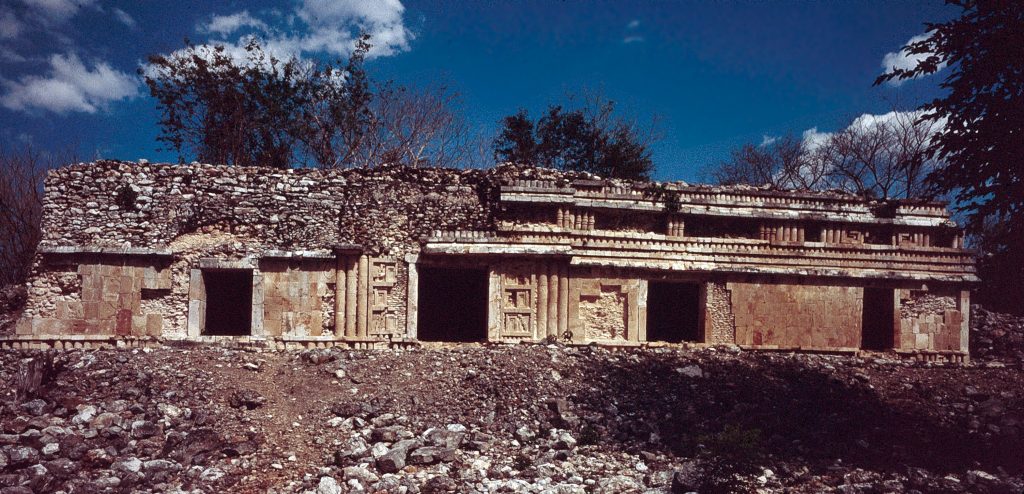
Xculoc: A Nearby Site
Approximately 2 miles west of Chunhuhub lies the site of Xculoc, featuring Puuc style architecture similar to the Palace at Chunhuhub. The restored structure at Xculoc, shaped like a capital “L,” showcases nine chambers and a frieze with sculptured figures, some of which are now housed in Campeche museums. The presence of a stela recovered from Xculoc further emphasizes the cultural and historical connections between these sites.
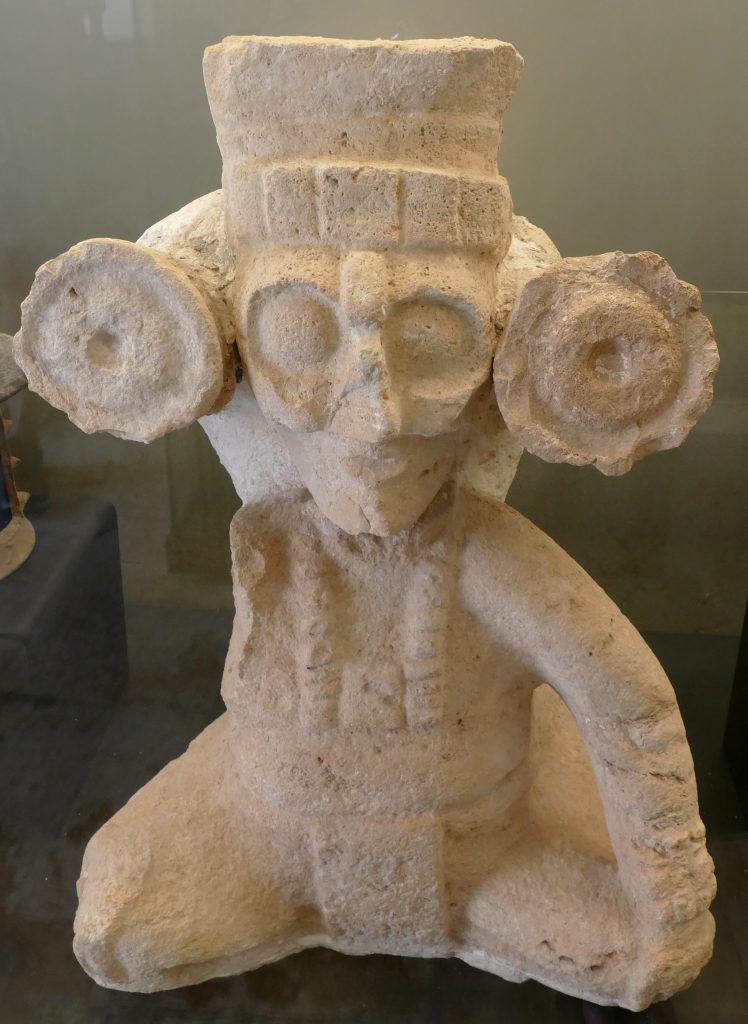
Conclusion
Chunhuhub, with its rich architectural heritage and historical significance, offers valuable insights into the Late Classic period of the Mayan civilization. Despite the lack of direct historical records, the site’s structures and their stylistic elements contribute to our understanding of the Puuc region’s cultural landscape. Continued archaeological exploration and preservation efforts are essential for uncovering more about Chunhuhub’s role within the broader Mayan civilization.
Sources:
https://www.themayanruinswebsite.com/chunhuhub.html
https://es.wikipedia.org/wiki/Chunhuhub_(sitio_arqueol%C3%B3gico)

